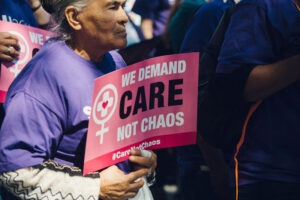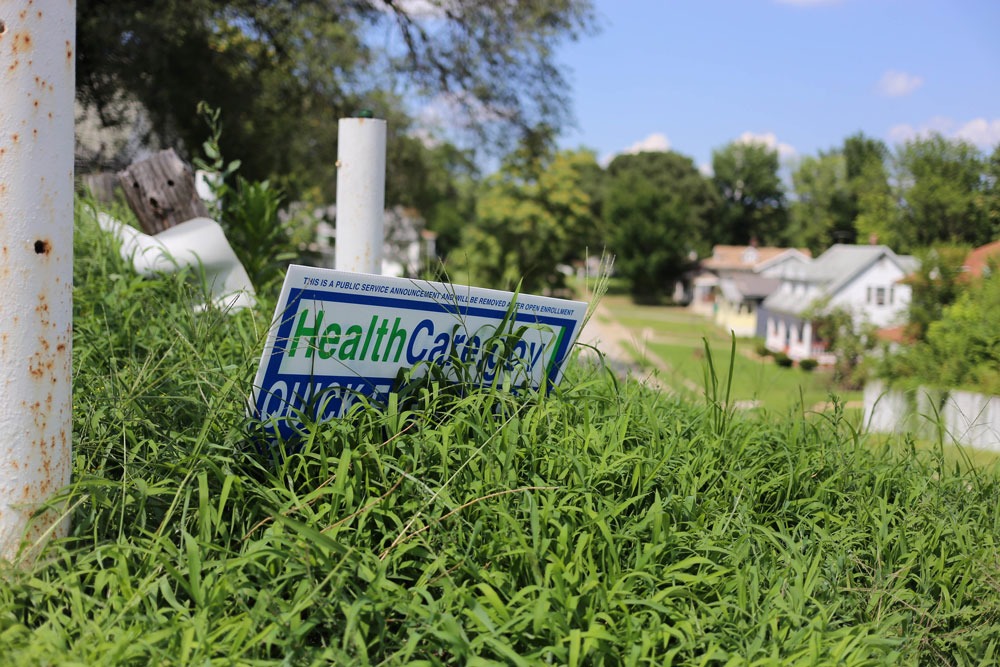May 18, 2015; Fresno Bee
Nonprofit hospitals continue to be a sore thumb in the debate around nonprofit tax exemptions. Critics suggesting that nonprofit hospitals may not show the kind of “nonprofitness” the public expects of 501(c)(3) public charities abound, but the problem is that states and localities—and even the federal government—have struggled to define and pinpoint what those expectations ought to be.
California is the current epicenter of the battle over what nonprofit hospitals should be and do in order to qualify for their tax-exempt status. One group of critics is organized labor, particularly the California Nurses Association, which rallied at the headquarters of the California Hospital Association to demand that nonprofit hospitals do a better job accounting for the charity care they deliver.
The California Hospital Association and the California Nurses Association have competing analyses of how much societal benefit nonprofit hospitals deliver, with the trade association putting the number at three times the level estimated by the union. The hospitals seem to think that the union is creating the issue of charity care out of whole cloth. Jan Emerson-Shea, vice president for external affairs at the California Hospital Association, said, “For the last three years, CNA has been looking for a solution to a problem that doesn’t exist.”
Sign up for our free newsletters
Subscribe to NPQ's newsletters to have our top stories delivered directly to your inbox.
By signing up, you agree to our privacy policy and terms of use, and to receive messages from NPQ and our partners.
Not surprisingly, SB346, the bill in the California legislature introduced by State Senator Bob Wieckowski (D-Fremont) that would have made the community benefit requirements of nonprofit hospitals stricter and clearer, failed to make it out of committee to the floor of the Senate by one vote, but may possibly be taken up again by the legislature next year. Part of the problem is that SB346, which was cosponsored by the Greenlining Institute, the California Rural Legal Assistance Foundation (as distinguished from California Rural Legal Assistance, Inc.), and the California Nurses Association, had to compete in the legislature with a rival bill, AB1046, which was supported by the California Hospital Association. However, the sponsors of both competing bills were Democrats, as was the senator, a doctor, who purportedly (though he denies it) changed his vote at the last minute to kill SB346.
The nurses union aren’t the only ones raising critical questions about nonprofit hospital performance and the sometimes-vague standards and definitions of community benefit that are used for reporting. Anthony Wright, executive director of patient advocacy group Health Access California, told the Bee, “Sometimes, it’s unclear how nonprofit hospitals act differently from their for-profit brethren.” An eviscerating critique of nonprofit hospitals’ service to poor people in Alameda and Contra Costa counties earlier this year made the nonprofit hospitals’ defenses look suspect, at a minimum, but the issue will continue due to the demise of SB346.
It might be worth noting in passing that last month, the expected closure of Doctors Medical Center, a hospital in San Pablo, finally happened. DMC was a safety-net hospital, a public hospital serving patients who in nine out of ten cases lacked private insurance, instead using MediCal or Medicare or going uninsured. With the closing of the hospital, patients were advised to go to the nearby Lifelong Medical Care community health clinic for treatment, but that’s not the same as a full-service hospital. DMC staff and area residents decried the long-anticipated closing. “I can say without equivocation that people are going to die. It’s a guarantee people are going to die because of the closure of DMC,” said Eleanor Mahood, a registered nurse at the hospital.
The CHA’s Emerson-Shea was quoted in Healthcare Finance to say that the closing of DMC was due to hospitals like DMC facing large losses as a result of the Affordable Care Act. Actually, the explanation could just as easily be that of the argument of the California Nurses Association, that the potentially limited service that some California nonprofit hospitals are willing to provide to poor people and people without insurance (remember the ACA’s limitations regarding coverage of documented and undocumented immigrants) means that the poor are shunted to overburdened public hospitals like DMC. It seems logical to suggest that clearer definitions and better transparency by nonprofit hospitals about their healthcare services to the poor and to the underinsured and uninsured would reveal whether the CHA or the CAN has it right about the nonprofitness of California’s nonprofit hospitals and whether nonprofit hospitals should have and could have been treating more of DMC’s patients.—Rick Cohen













